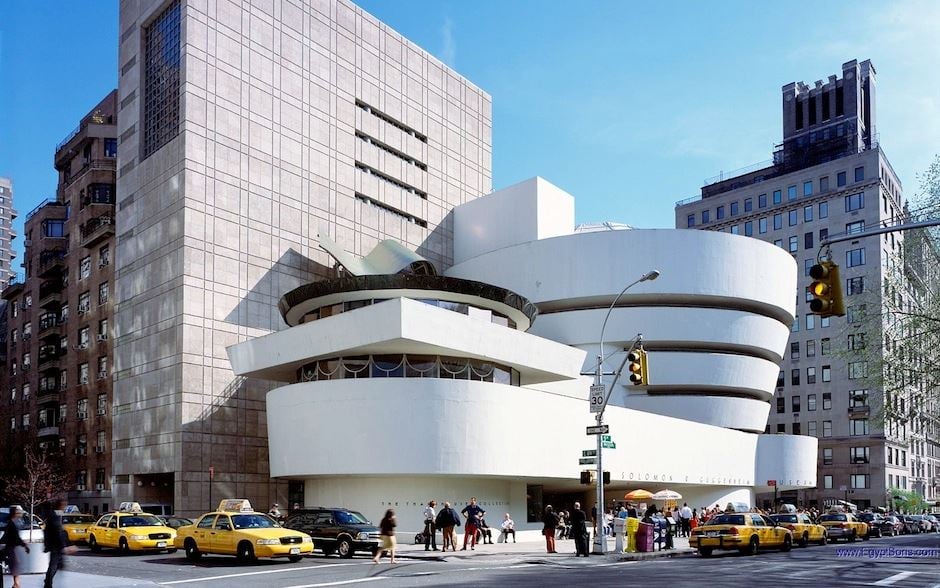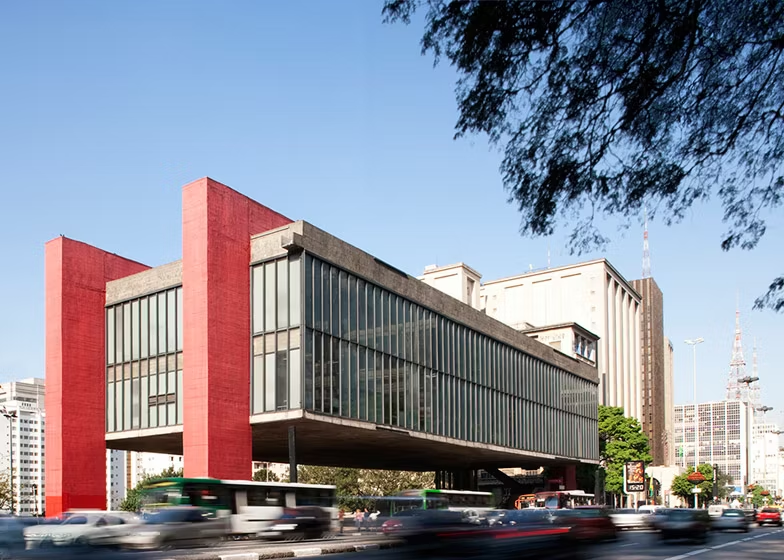Share This Article
Some architects build walls. Others break them. Here’s a personal look at the visionaries—like Zaha Hadid, Frank Lloyd Wright, Doshi, and more—who redefined space, society, and the future of design.
Architecture, to me, has always been about more than form, material, or beauty. It’s about how space makes us feel. It’s about shaping behaviour, bridging cultures, and telling stories—sometimes silently, sometimes boldly. Over the years, I’ve come to admire a group of architects who didn’t just change how buildings looked. They changed how the world looked at buildings.
Here’s a reflection on the architects who didn’t just shape skylines—but shaped ideas, identities, and entire ways of living.
1. Frank Lloyd Wright
Key Projects: Fallingwater, Guggenheim Museum, Robie House
Wright’s philosophy of organic architecture taught me that buildings can belong to nature rather than conquer it. Fallingwater, suspended over a waterfall, doesn’t just sit on the land—it grows out of it. The spiral ramp of the Guggenheim Museum reshaped how we move through a gallery. Wright’s work wasn’t about style. It was about soul.

2. Le Corbusier
Key Projects: Villa Savoye, Chandigarh Capitol Complex, Unité d’Habitation
Le Corbusier is controversial, but his impact is undeniable. With his pilotis, ribbon windows, and open plans, he introduced a radical new language. Chandigarh was his bold experiment—a modern city in a newly independent nation. He believed design could create better societies. Whether or not he succeeded, he forced us to think bigger.

3. Zaha Hadid
Key Projects: Heydar Aliyev Center, MAXXI Museum, Guangzhou Opera House
Zaha wasn’t just a woman in architecture—she was a force of nature. Her forms bent, flowed, and exploded beyond the grid. Her Heydar Aliyev Center in Baku looks like it was sculpted by wind. In a field long dominated by men, she carved space—literally and symbolically—for a new language of design.

4. Louis Kahn
Key Projects: Salk Institute, National Assembly Building (Dhaka), IIM Ahmedabad
Kahn made architecture feel sacred. His buildings are about light, silence, and geometry. I remember staring at photos of the Salk Institute—just a thin stream of water, perfectly placed between two brutalist blocks, opening toward the horizon. It was architecture as pause. As presence.

5. B.V. Doshi
Key Projects: Aranya Low-Cost Housing, Amdavad ni Gufa, IIM Bangalore
Doshi built for dignity. He merged modernism with Indian values, designing not just buildings but social solutions. Aranya is a masterclass in housing that’s affordable yet thoughtful. His work always asked: how can architecture serve people first?

6. Geoffrey Bawa
Key Projects: Lunuganga Estate, Kandalama Hotel, Sri Lankan Parliament
Bawa’s buildings dissolve into nature. Walking through his spaces is like walking through a garden, even when you’re indoors. He defined tropical modernism—a term that feels poetic, yet deeply practical in South Asia. His buildings breathe with the landscape.

7. Lina Bo Bardi
Key Projects: São Paulo Museum of Art (MASP), SESC Pompéia
Bo Bardi’s work hits differently. She made spaces for the public, not the privileged. Her museum floats above the street like a glass box held by red legs. It’s bold, yes—but also democratic. SESC Pompéia, a cultural hub in a repurposed factory, invites people to play, perform, and participate. Architecture as an invitation.

8. Toyo Ito
Key Projects: Sendai Mediatheque, Taichung Opera House
Ito’s designs made me rethink what buildings are. In Sendai Mediatheque, columns are replaced with transparent tubes that hold up everything—and yet feel like air. He designs not with structure in mind, but with fluidity, movement, and human interaction.
Also Read – The Truth About Working in Big vs. Small Architecture Firms

9. Norman Foster
Key Projects: The Gherkin, Millau Viaduct, Apple Park
Foster is known for high-tech minimalism, but there’s warmth in his work. The Millau Viaduct floats above the valley like a thread of light. Apple Park is a futuristic ring—but made to support openness, collaboration, and wellbeing. His buildings show that technology and humanity don’t have to be at odds.

10. Tadao Ando
Key Projects: Church of the Light, Chichu Art Museum, Naoshima Projects
Ando is the master of restraint. His architecture is about shadow, stillness, and spirituality. With Church of the Light, he created something sacred using nothing more than concrete and a cross-shaped opening. His buildings teach you how to sit still—and how to feel space.

11. Shigeru Ban
Key Projects: Paper Church, Cardboard Cathedral, Centre Pompidou-Metz
Ban builds with humility and innovation. He uses paper, cardboard, and recycled materials—not as gimmicks, but as solutions. His work with disaster relief architecture proves that design doesn’t need to be glossy to be powerful. It needs to care.

12. Charles and Ray Eames
Key Projects: Eames House (Case Study #8), Eames Lounge Chair
More than architects, the Eames duo were storytellers. They believed in design for everyone. Their Case Study House is a model of mid-century modernism that feels as fresh today as it did in 1949. Their furniture? Iconic. Their influence? Everywhere.

Why These Architects Still Matter
What unites all of these architects isn’t style. It’s purpose.
They designed in different decades, continents, and contexts. But each of them asked:
Who is this for? What can it change? How does it feel to live here?
They challenged norms—gender, material, function. They built not just with concrete, but with care, resistance, optimism, and often, rebellion.
Carrying Their Questions Forward
If there’s one thing I’ve learned from these architects, it’s this: Architecture is never just about buildings. It’s about people, culture, justice, memory—and imagination.
Whether you’re a student, practitioner, or someone who just loves good design, I hope this list inspires you to look deeper. To read beyond the form. To ask better questions.
Because the future of architecture doesn’t belong only to the famous.
It belongs to those willing to rethink everything.
